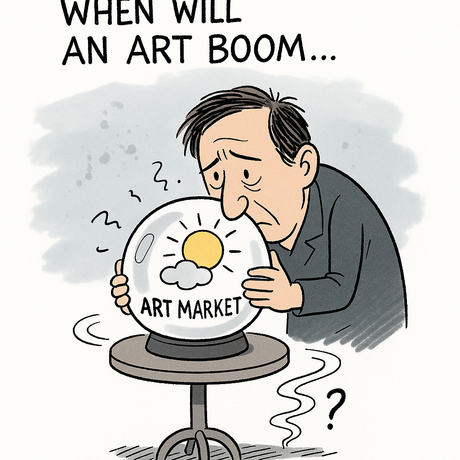A towering 30-foot metal sculpture that sparked heated community debates throughout the summer has been installed at a prominent intersection in Indianapolis's Broad Ripple neighborhood. The controversial artwork, titled "Gavin-Divergence," now stands at the corner of College Avenue and Westfield Boulevard, where it serves as a dramatic new landmark for the area.
The figurative sculpture depicts a tall metal man and was commissioned by real estate developer Tag Birge through his Birge Family Foundation. Birge spearheaded the project as part of his effort to revitalize what he described as the city's "woefully underfunded arts infrastructure." The foundation worked in partnership with the Indy Art Center and Penrod Society to bring the ambitious public art project to fruition.
Artist Jason Myers, whose main U.S. studio is located in his hometown of Logansport, created the piece with a specific vision in mind. Myers explained that he designed "Gavin-Divergence" to function as a guardian figure that would welcome both visitors and residents to the Broad Ripple community. According to the artist, the sculpture embodies the neighborhood's ongoing transformation and serves as a symbol of artistic expression.
The sculpture's journey to installation was marked by significant public controversy and community division. The project first gained public attention at a February meeting, where it initially received positive feedback from attendees. However, the reception changed dramatically about five months later when some neighborhood residents discovered the planned installation through posts on the social media platform NextDoor.
Community opposition became vocal and organized, with critics expressing concerns about the sculpture's imposing size, intimidating appearance, and what some described as grotesque features. Opponents worried that the massive artwork would be out of place in their neighborhood and potentially frightening to residents and visitors. Conversely, supporters embraced the sculpture's cutting-edge aesthetic and argued it would bring a modern, artistic vibe to the area.
The controversy reached its peak during public meetings where community members voiced their concerns. Approximately 20 people attended a Broad Ripple Village Association Land Use and Development Committee meeting in July specifically to express their opposition to the project. The debate intensified further in September when about 40 residents—representing both supporters and opponents—gathered at a city Board of Zoning Appeals Division I meeting.
The September meeting was particularly significant as it addressed a variance petition necessary to adjust traffic sightlines and accommodate the sculpture at the busy intersection. Several opponents raised safety concerns, arguing that the large artwork could distract drivers at a location that already handles heavy traffic from the Central Canal Towpath Trail and Red Line transit stop. They worried about potential accidents caused by drivers being distracted by the unusual sculpture.
Despite the vocal opposition, supporters made compelling arguments in favor of the installation. They contended that the artwork would significantly improve what they characterized as an otherwise ordinary and unremarkable intersection. Proponents viewed the sculpture as an opportunity to elevate the aesthetic appeal of the area and establish Broad Ripple as a destination for public art appreciation.
After hearing arguments from both sides, the Board of Zoning Appeals ultimately voted unanimously in favor of the variance petition, clearing the final regulatory hurdle for the installation. This decisive vote paved the way for the sculpture's placement at the high-profile location, despite the ongoing community debate.
The installation crew completed their work during the first few days of November, officially bringing months of planning and controversy to a conclusion. The Birge Family Foundation is funding the entire project as part of their broader initiative to enhance Indianapolis's public art landscape and cultural infrastructure. The sculpture now stands as one of six major new public art pieces that are changing the visual landscape of Indianapolis and Hamilton County, representing a significant investment in the region's artistic development.































